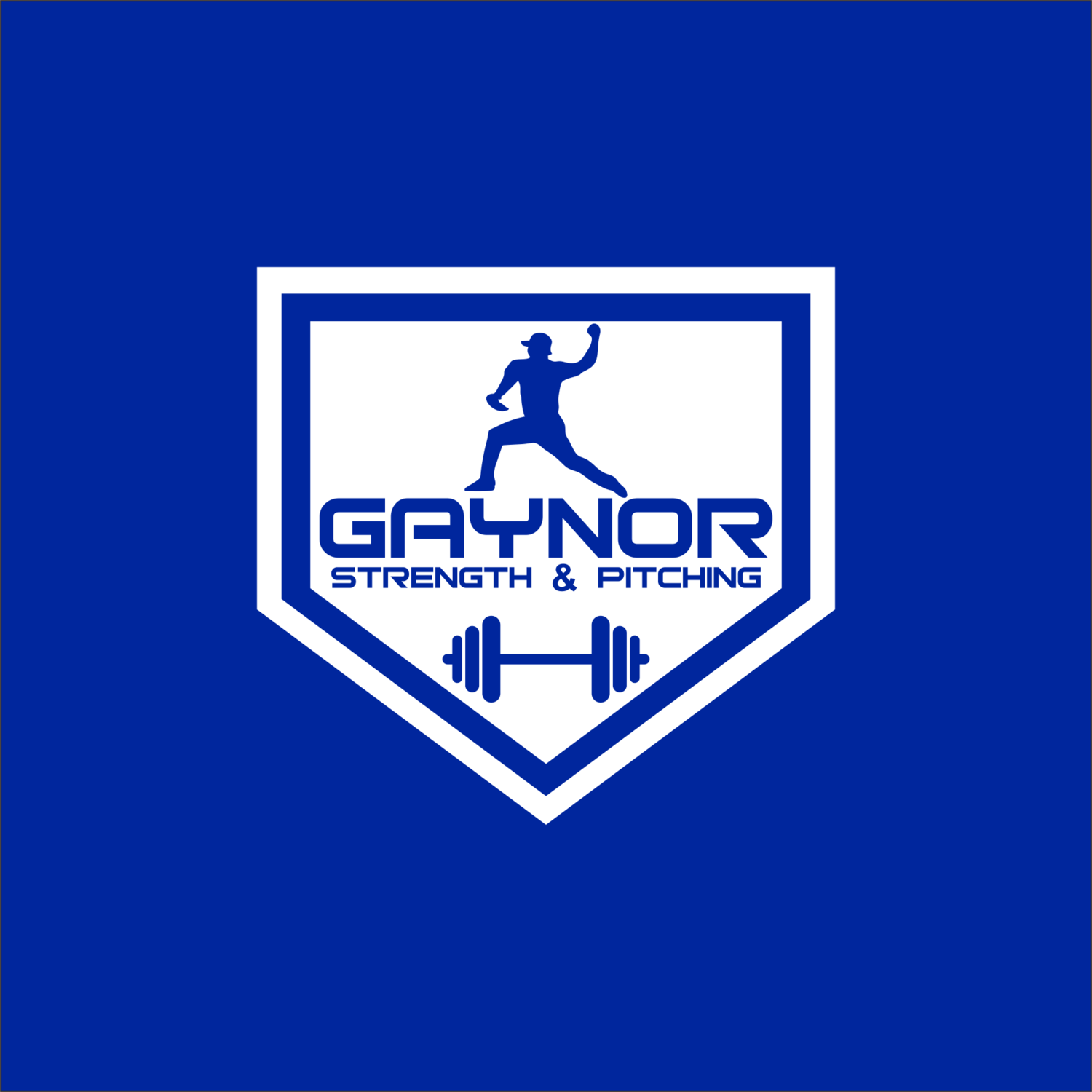Welcome to part 2 of the youth player development series!
Last week I talked about how to develop throwing with youth players. If you missed that post and would like to read it now, click here.
Today, I am going to talk about how we can improve the way we teach hitting in youth baseball. Hitting a baseball is one of the most challenging things in sports and it can be discouraging for a child who is first learning. What I believe is important at a young age is to make it fun and to also focus on areas that are going to help their development long term.
The 3 areas I want to focus on today are:
Hitting progressions
What to measure and track
How to gamify practice
Here we go.
Hitting Progressions
When working with youth players there can be a wide variety of skill level. Some kids can struggle to hit the ball off a tee, while others are able to hit normal BP with ease. Knowing where the player fits on the continuum is very important.
The main areas of progression I go off of are:
Tee
Front Toss
BP
Live Pitching
Tee work
Regardless of the skill level, hitting off the tee is a great way to start the hitting session. The tee can be used to warm up, work on hitting the ball to a specific part of the field, practice hitting different locations, and also for exit velo testing. For a young player, the tee might be all they are ready to handle. Encourage them to swing fast and hit the ball hard. Once they are able to hit the ball consistently well off the tee, they are ready to progress to front toss.
front toss
I prefer front toss over side toss because of the angle the ball is coming from. Side toss can create bad habits and doesn’t represent what they will see in a game. When doing front toss you can either throw the ball underhand or overhand. Overhand is preferred because of the angle the ball will come in at, but some kids might need to start with underhand.
BP
BP is the next progression after front toss. BP should be done at a closer distance than the mound. I like to have the coach come set like a pitcher and do a full leg kick to mimic a pitcher. BP can be a challenging next step after front toss, so it is important to know that the player is ready and is able to make consistent contact.
Live
This is obviously the most challenging setting because it mimics close to exactly what they will face in game. If players are able to hit the ball consistent in BP, this can be a really good progression to make them a better hitter. The coach should treat this setting like real at bats, call balls and strikes, and create situations for the hitter.
What to measure and track
It is important to track a players progress over the course of time. It can be easy to lose track of how much a player has improved if you aren’t measuring or tracking anything. This is a great way to encourage players. When they see how far they have come, it will push them to keep getting better.
There are countless things to track, but below are ideas of what I think are important:
Exit velocity
Bat speed (if you have access to a bat speed tracker)
Contact% (in game, front toss, BP, or live)
For exit velocity and bat speed testing it is important to be consistent with how you are testing it. At the youth level I would primarily use the tee.
gamify practice
By far the most important thing for youth practices in my opinion is to gamify it. Make it fun, competitive, and high energy!
Practice game ideas:
Bat speed competition - Rounds of 5-8 swings - hitter is only evaluated on whether they swung hard or not
HORSE - challenge teammates to call where and how they are hitting the ball
Line drive competition - how many balls reach the outfield grass (or infield dirt depending on skill level) in the air out of 10 swings
OPPO/Pull competition - How many balls are hit to the side of the field the coach calls
Contact competition - How many balls the player makes contact with out of 10 swings
Make sure you track these so that the next time you do the competition, the player can try to beat his or her previous best!
Other Tools and Ideas
Below are some other tools or ideas you can use in a practice setting:
Hitting plyos during tee or front toss to improve barreling the ball and to swing through contact
Overload/underload bats to train bat speed
Small balls to work on contact
Pitching machine to practice specific velocity and location
In Conclusion
As you can see there are many ways to train hitters, but the key at this age is to make it fun and to progress the practices according to their skill level. If it is too difficult they aren’t going to want to keep playing. Find ways for them to have success early and gradually make it more challenging.
I hope you found this post helpful and as always please reach out with any questions or additional thoughts!
Enjoy the Process,
Jared Gaynor































